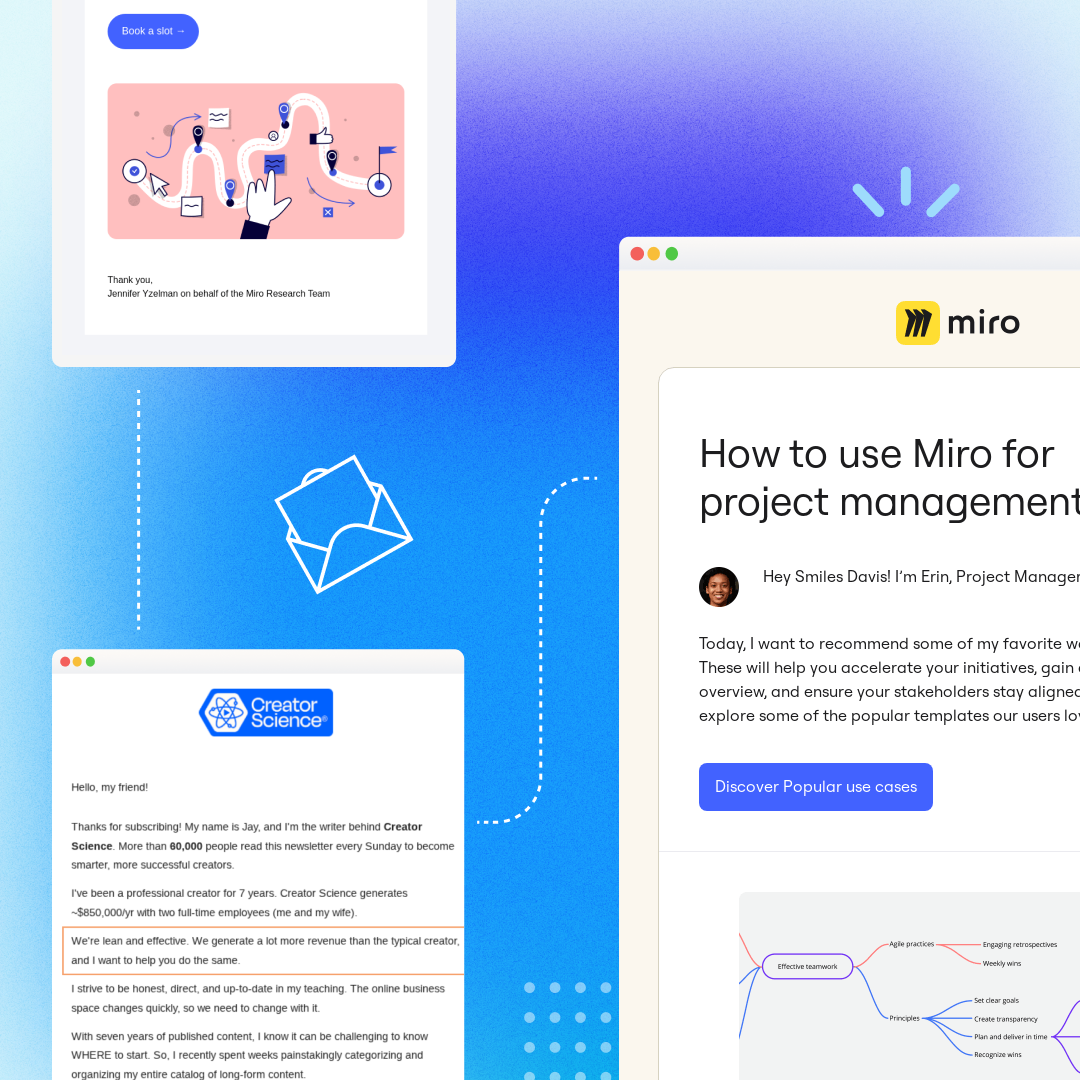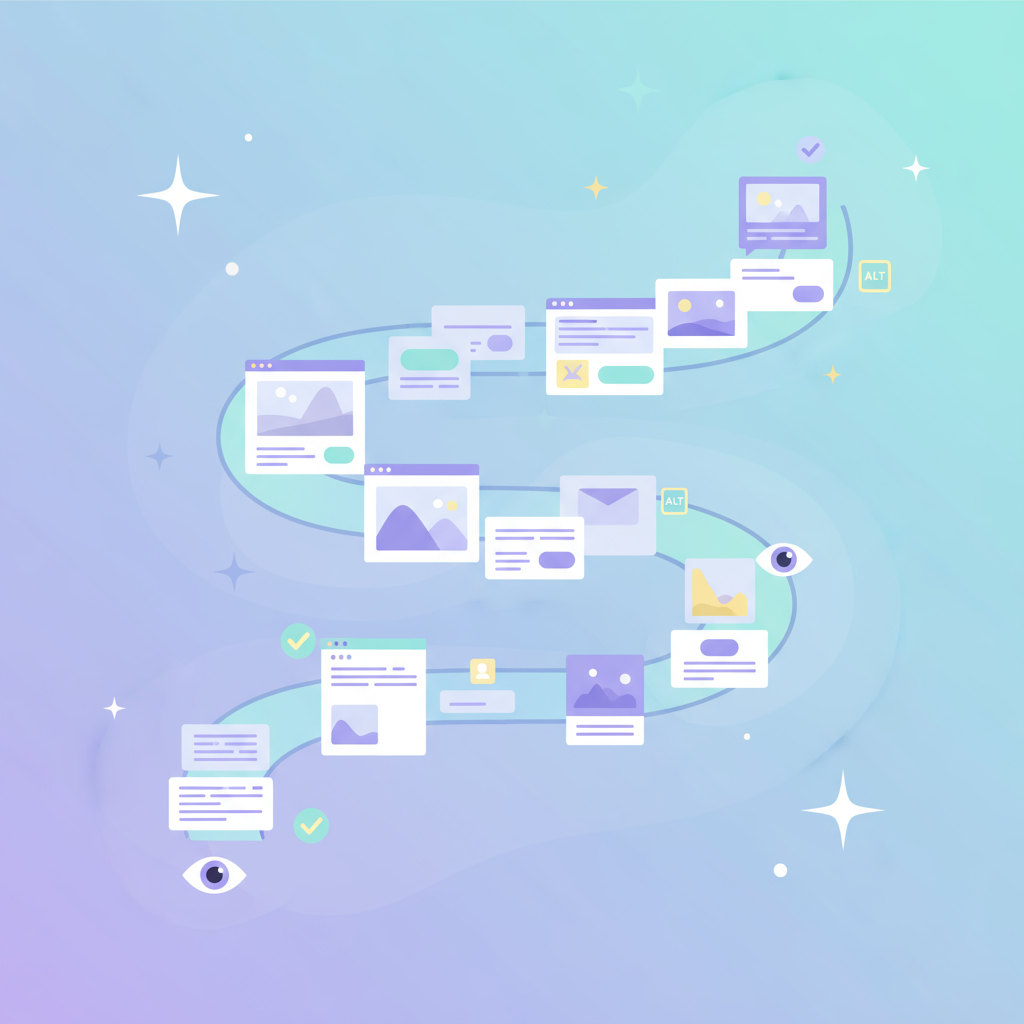.png)
In luxury real estate, attention is expensive and fleeting. That’s why the smartest developers today aren’t just driving traffic to websites. They’re building focused, high-impact landing pages designed to convert potential buyers and investors into qualified leads.
A real estate landing page isn’t a homepage. It’s a precision tool. One page, one goal - whether that’s scheduling a call, downloading a brochure, or capturing early interest in a new launch. When crafted well, a single page can outperform your entire website in both efficiency and ROI.
At Proven Partners, we’ve helped launch branded residences and resort projects across the globe, and we’ve seen what works. In this guide, I’ll show you how to build real estate landing pages using platforms like Beefree that look great and convert.
Why Real Estate landing pages matter more than ever
Real estate buyers, especially in the luxury space, are starting their journey online. In fact, 97% of property searches begin on the web, according to the National Association of Realtors. But here’s the catch: that first touchpoint only matters if it’s designed to capture attention and move the buyer forward.
That’s where landing pages come in.
A high-converting real estate landing page doesn’t try to do everything. It does one thing very, very well - whether that’s capturing a lead, offering a downloadable brochure, or prompting an inquiry. And because they’re purpose-built, these pages often outperform full websites when it comes to lead generation.
We’ve seen this play out across global projects. At Proven Partners, we supported Johari Beach Residences in Zanzibar by building digital-first campaigns anchored around dedicated landing pages. Despite being in a brand-new market, these pages helped generate over 2,000 leads from 27 countries, with 77% of apartment sales tied directly to PPC and landing page campaigns.
The best part? Tools like Beefree make the process faster and more effective. With responsive templates, design systems, and a collaborative UI, your team can launch, test, and refine pages at the speed of your project without sacrificing brand quality.
How to build landing pages for Real Estate
1. Define a singular goal for each page
If your landing page tries to do too much, it ends up doing nothing well. The most effective real estate landing pages are built around one clear, measurable goal.
That goal might be:
- Scheduling a call with a sales advisor
- Registering early interest for a new launch
- Downloading a design brochure
- Signing up for an exclusive investor event
What matters is that the offer matches where your audience is in their decision-making journey. Early-stage buyers? A downloadable lifestyle brochure might work best. Serious investors? A direct CTA to “Book a Consultation” will drive better conversions.
We always advise our clients to anchor our strategy to the buyer stage. For example, when we were launching Itz’ana Resort & Residences in Belize, we ran multiple landing pages tailored to different audiences - investors, lifestyle buyers, and local leads. Each page had a different message, offer, and form, but all shared the same singular purpose: to capture qualified leads.
Tip: Use Beefree’s landing page builder to create and test multiple landing page variations using reusable blocks and mobile-first layouts - making it simple to align each page to its audience and goal, without needing to start from scratch every time.

2. Write headlines that speak to your audience’s “Why”
Your headline is your first impression, and in real estate, it needs to work harder than ever. A good headline doesn’t just describe the property. It speaks to the buyer’s aspirations, goals, or investment logic.
The best-performing real estate landing pages we’ve seen tie the headline directly to the page’s core offer, then reinforce it with a single, clear CTA above the fold.
Forget “Luxury Villas for Sale.” That’s forgettable. Instead, think:
“Investor-Ready Beach Villas with 12% Projected ROI”
or
“Where Wellness Meets Waterfront: Own a Slice of Paradise”
With Beefree, you can easily tweak and test headlines and hero layouts. Their intuitive drag-and-drop builder and responsive preview tools let you iterate quickly, without developer dependencies, so you can find your message-market fit faster.
Tip: If you want your landing page to rank higher in search engines, include your main keyword in the H1 or subhead, but keep it human. Your headline should resonate with buyers and help your page rank. For more information, read how to write SEO headlines.

3. Use high-impact visuals
Visuals sell the dream - but only if they feel real, aspirational, and emotionally aligned with your buyer.
Stock imagery and generic drone shots won’t cut it. Today’s buyers expect authenticity and detail. Use high-resolution renderings, lifestyle imagery, or short video walkthroughs that reflect the unique character of your property.
With Beefree, you can drop in mobile-optimized video blocks, create hero sections with bold imagery, and preview everything across devices, so you never compromise on visual impact.
Tip: Video is a conversion booster. According to HubSpot, including a video on your landing page can boost conversions by up to 80%. A 30-second drone clip, virtual tour, or testimonial can do more than paragraphs of copy.
4. Build for Mobile First
Over 58% of website traffic now comes from mobile devices, and that number spikes even higher for global real estate audiences who typically browse on-the-go. If your landing page loads slowly, scrolls awkwardly, or hides the CTA on mobile, you're losing qualified leads before they even consider the offer.
Mobile-first design isn’t just a UX preference, it’s a sales strategy. The most effective real estate landing pages prioritize:
- Clear, tappable CTAs
- Short, mobile-optimized forms
- Fast-loading visuals and video
- Layouts that feel designed for the device, not just scaled down
Tip: Use Beefree’s mobile-specific design tools to customize layout, spacing, and elements independently for smaller screens, ensuring a polished experience every time - no developer needed.

5. Shorten the lead capture form
Nothing kills conversions faster than a long, intimidating form. If you’re asking for job titles, budgets, phone numbers, and investment plans right out of the gate - you’re asking too much, too soon.
High-performing real estate landing pages follow the “less is more” rule. The most common top-of-funnel form fields are:
- First name
- Email address
- One optional field like location or intent (“I’m an investor” / “I’m a buyer”)
Even small changes make a big impact. According to HubSpot, reducing the number of form fields from four to three can boost conversions by up to 50%.
For more qualified leads, consider using multi-step forms that start simple and expand after the first click. This reduces friction while still capturing the detail your sales team needs later.
This strategy worked well during the Itz’ana Resort & Residences campaign. We used a short form to gate high-value content, like floor plans and investor decks. Only those who engaged further were asked about budget or timeline, helping us convert a high volume of leads and achieve a 15–20% price premium on sales.

6. Add social proof where it matters
In luxury real estate, credibility drives conversions. And nothing builds trust faster than seeing other people, especially peers, validate the offer. According to Nielsen, 92% of consumers trust recommendations from other people over branded messaging.
That’s the power of social proof. Whether it’s a buyer quote, a client testimonial, or a logo grid of media mentions, these cues help potential buyers and investors feel confident that they’re looking at a vetted, desirable opportunity.
Placement matters too. Social proof should sit near your call to action, not buried at the bottom. Think:
- A short quote just below the form
- A testimonial carousel midway down the page
- A section saying: “Featured in Forbes, FT, and Architectural Digest”
We used this technique in the Sandbank Villas campaign, where placing social proof near the registration form helped support a 10%+ click-through rate on ads and 200+ monthly leads.
Beefree’s landing page builder makes it easy to drop in a quote block, feature a client logo row, or add a short video testimonial with no code.
7. Match message to source
If your landing page doesn’t reflect where the visitor came from, it creates friction, and friction kills conversions.
Say someone clicks from a Facebook ad promoting early-bird pricing. If the landing page headline just says “Luxury Condos Now Selling,” you’ve lost the thread. Same with email campaigns; if your CTA said “Download the Investor Kit,” that kit better be front and center when they land.
Real estate campaigns work best when there’s message match across the entire journey:
- Ad or email: “Reserve Your Oceanfront Villa From $545K”
- Landing page headline: “Oceanfront Villas From $545K - Now Accepting Reservations”
- CTA: “Download Floor Plan + Pricing Kit”
Beefree allows you to build branded real estate emails and landing pages within the same workspace which makes aligning visuals, copy, and CTAs becomes a whole lot easier. No bouncing between platforms or wrangling design inconsistencies.

8. Test, refine, repeat
Even the best landing page is just a starting point. High-performing real estate campaigns are built on iteration—not assumptions.
That means testing:
- Headline variations
- CTA placement
- Lead form length
- Visual hierarchy (e.g. hero image vs. video)
And most importantly, testing with intent. You’re not just chasing higher clicks—you’re refining for better leads.
During the launch of one of our client’s real estate projects, we A/B tested page variants with different CTAs (“Download the Brochure” vs. “Book a Call”). The winning version increased lead quality and ultimately shortened the sales cycle.
9. Templates aren’t lazy—They’re smart
Let’s be clear: using a template doesn’t mean settling for average. It means starting with a proven structure, so you can focus on what actually drives results.
At our agency, we use and adapt landing page templates regularly. Why? Because the structure of a high-converting page doesn’t change much: clear headline, strong value prop, impactful visuals, social proof, and a single, focused CTA. What matters is how well you align those elements to your offer.
Templates save time, reduce errors, and keep your design consistent - especially across global teams or multi-phase campaigns. In one of our PPC campaigns for our clients, using a pre-tested layout helped us launch and optimize faster, which was key to generating over 200 qualified leads per month.
BeeFree offers an entire library of customizable, mobile-ready landing pages, including templates tailored for real estate. Whether you're launching a new phase, running an ad campaign, or refreshing your lead funnel, these templates help you go live faster, without compromising on creativity or performance.
You don’t need more traffic. You need better pages.
In luxury real estate, it’s not about getting more traffic - it’s about turning the right traffic into qualified leads.
A well-built real estate landing page respects your audience’s time. It delivers clarity, builds trust, and makes it easy for potential buyers and investors to take action - whether they’re seeing your project for the first time or returning with serious intent.
You don’t need to reinvent the wheel. With the right tools, strategy, and a few proven principles, you can create landing pages that look beautiful, work hard, and actually convert.
Start building smarter real estate landing pages today with Beefree’s free templates and drag-and-drop tools.



